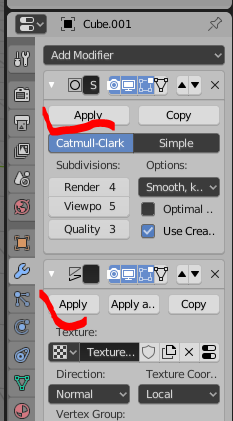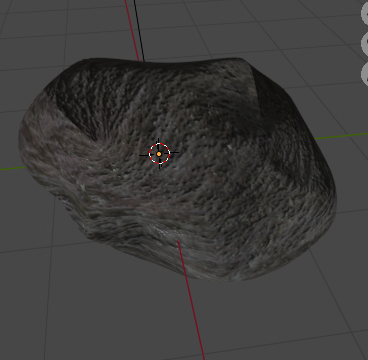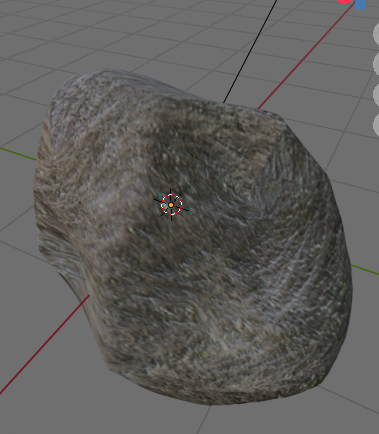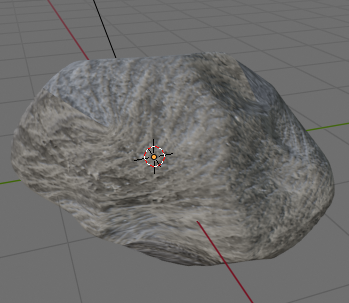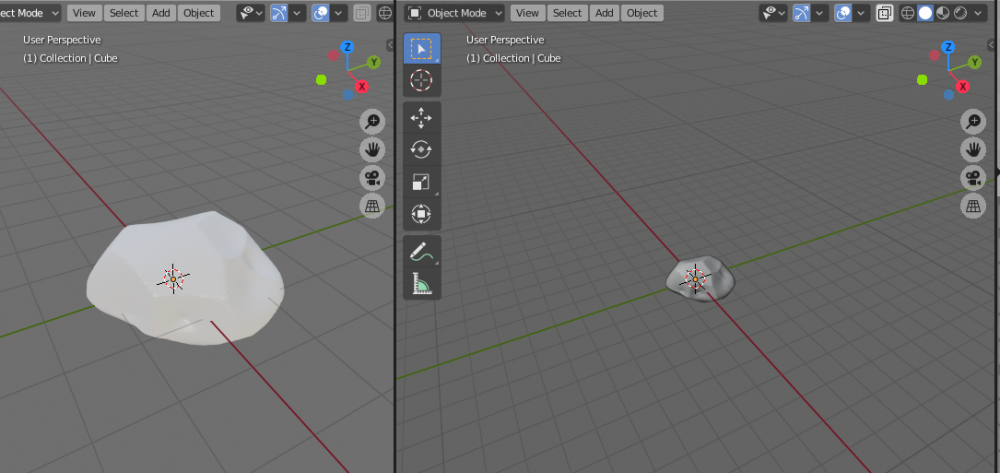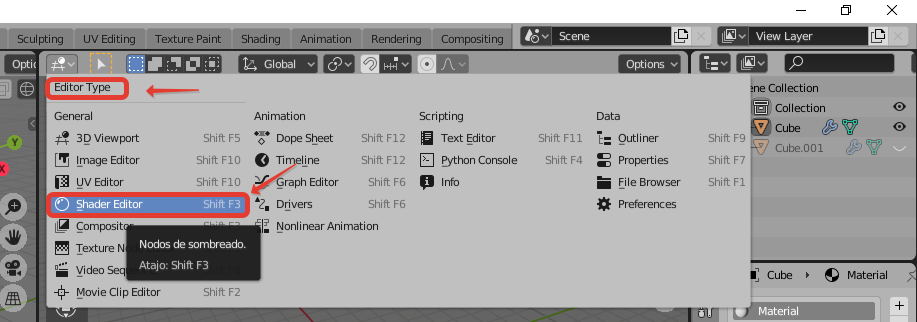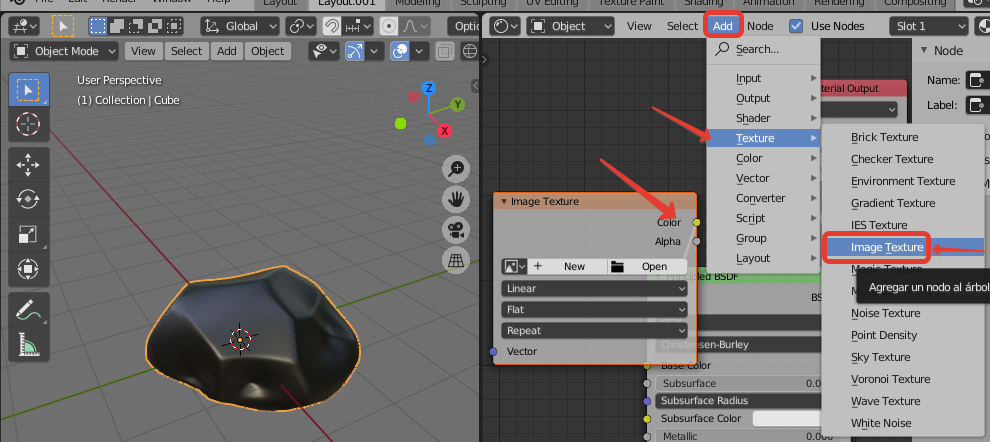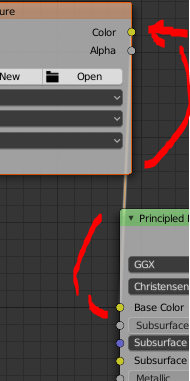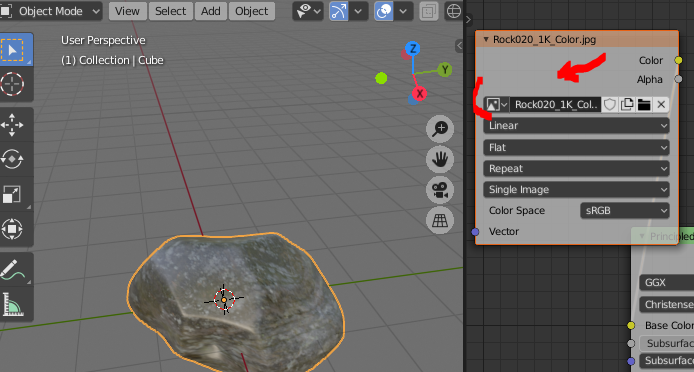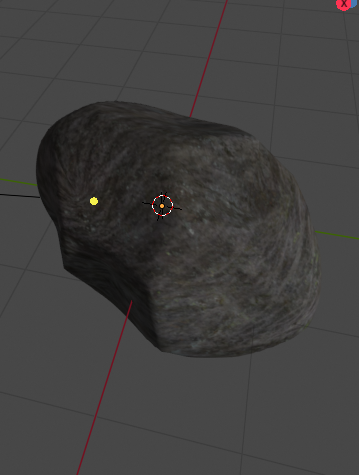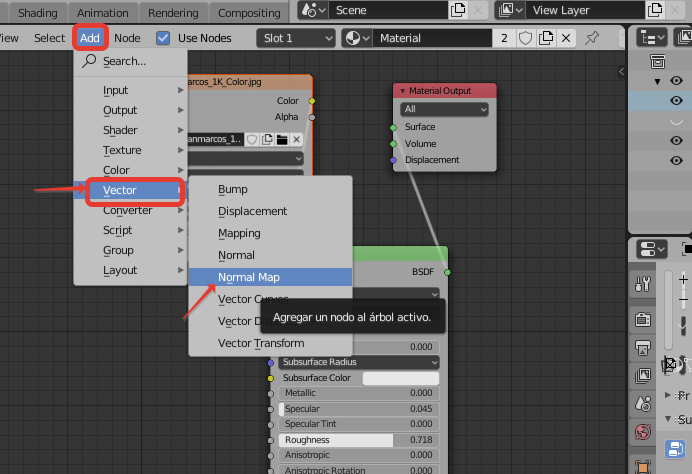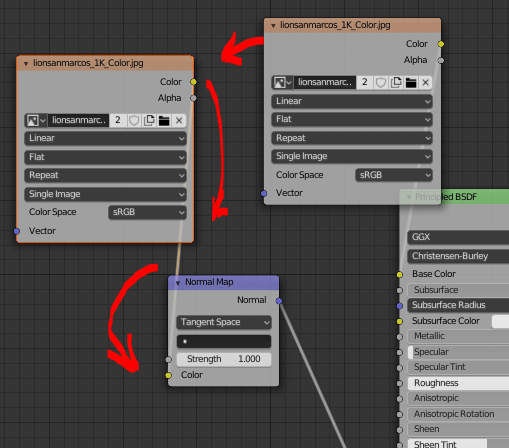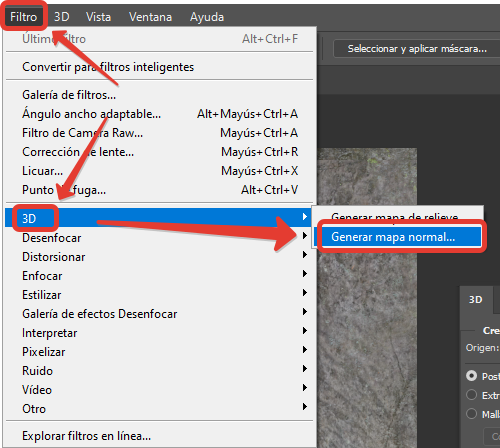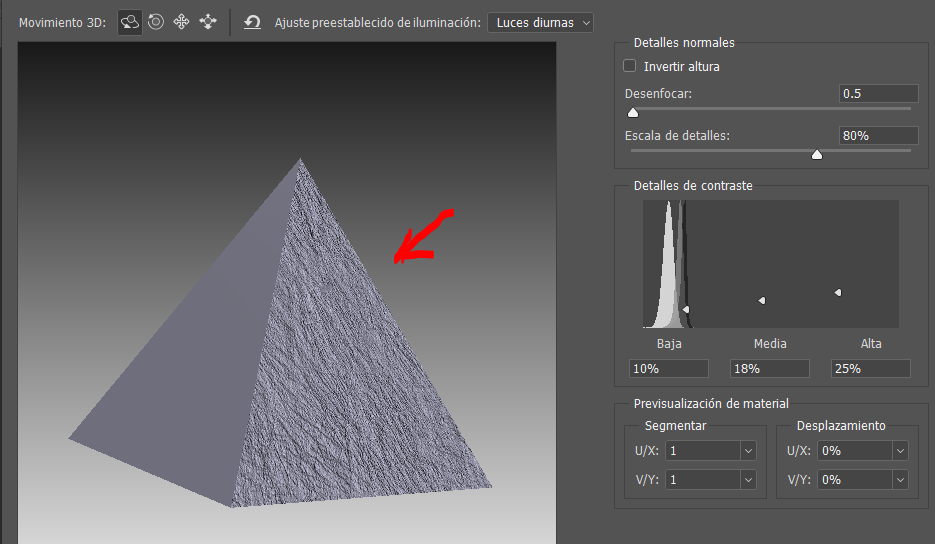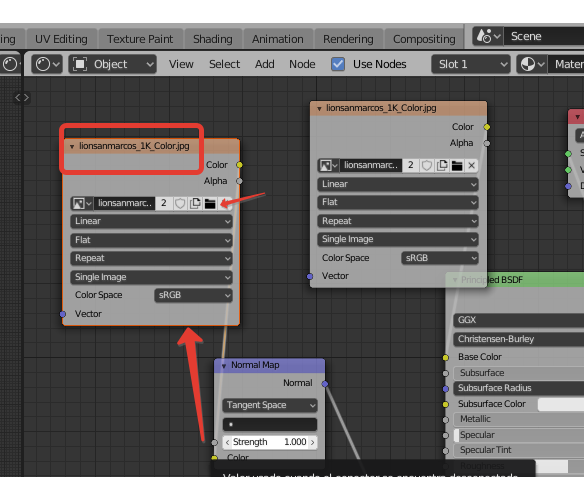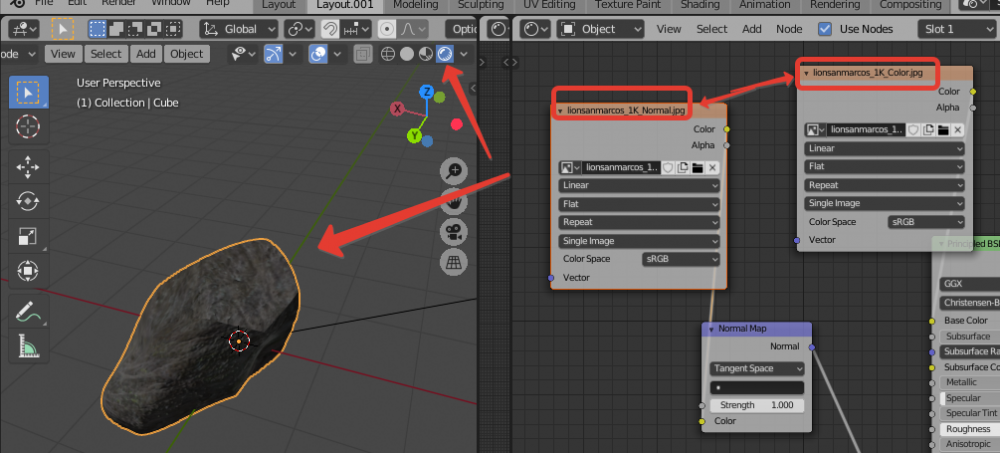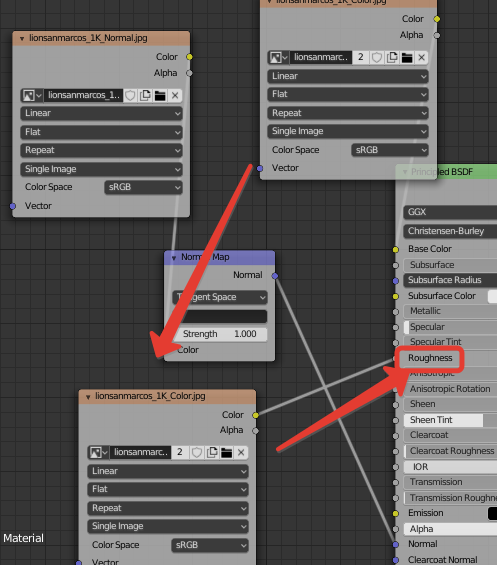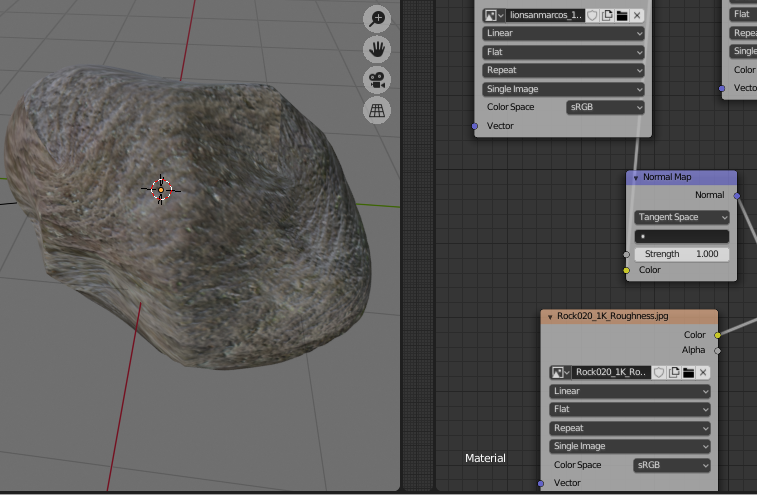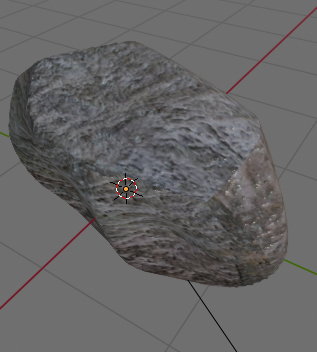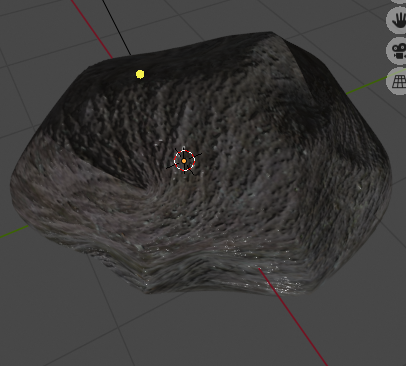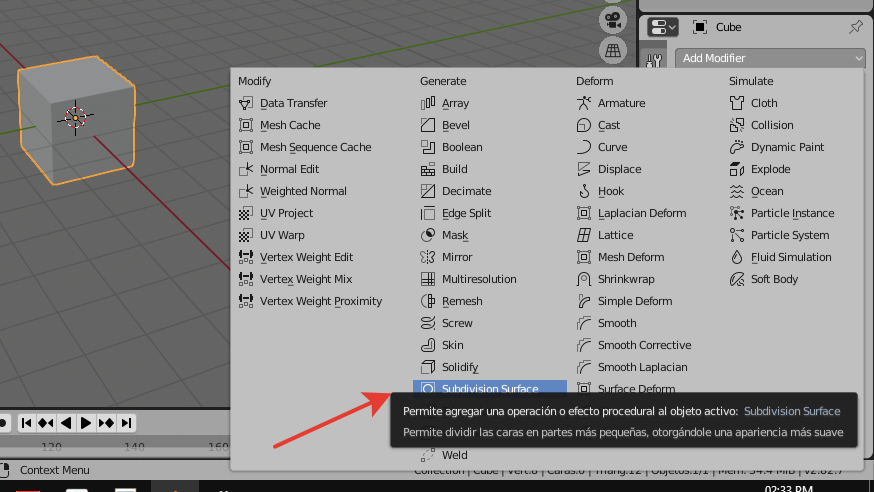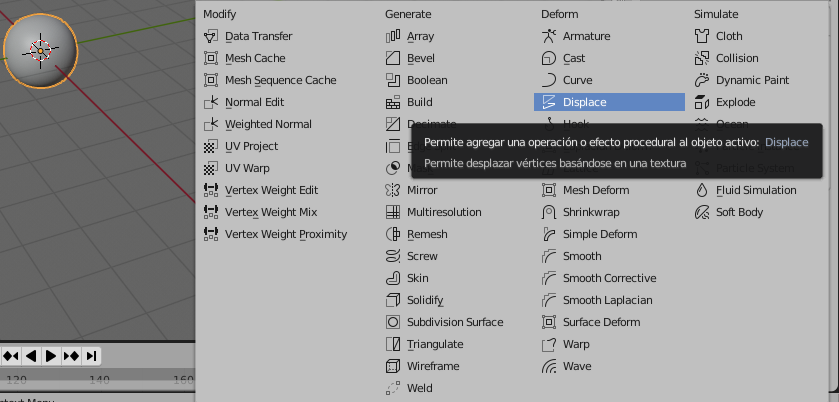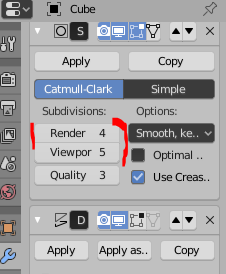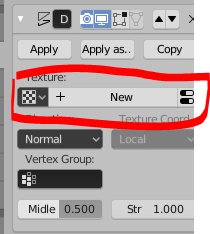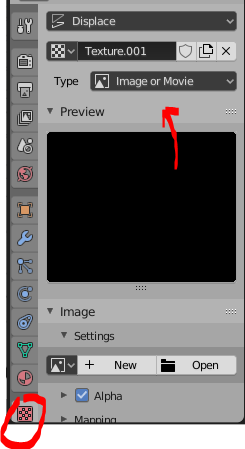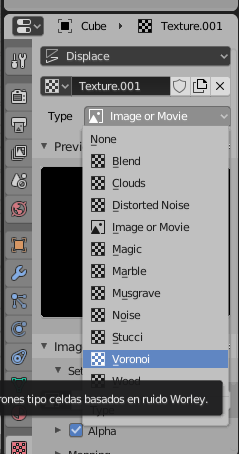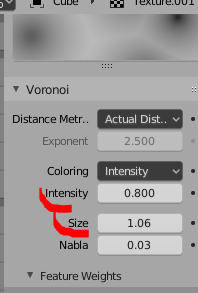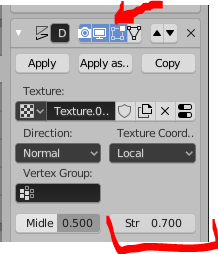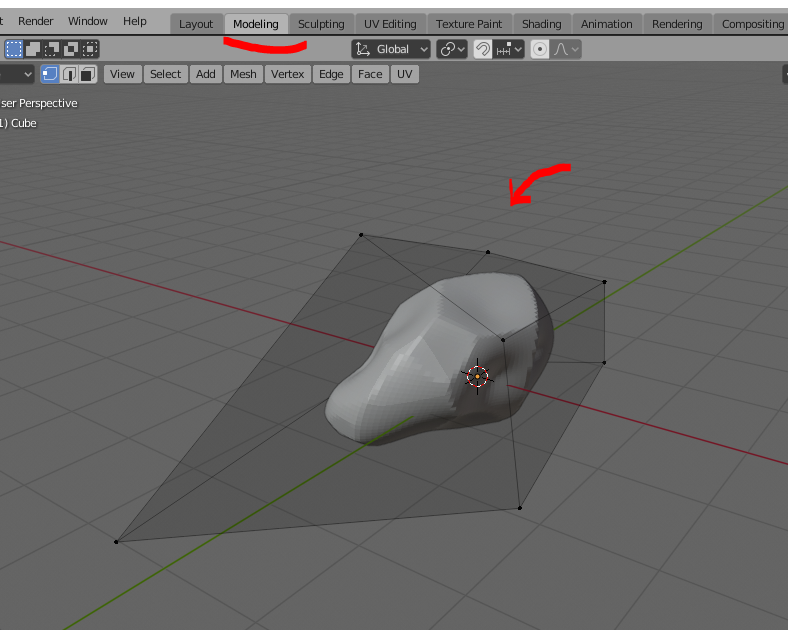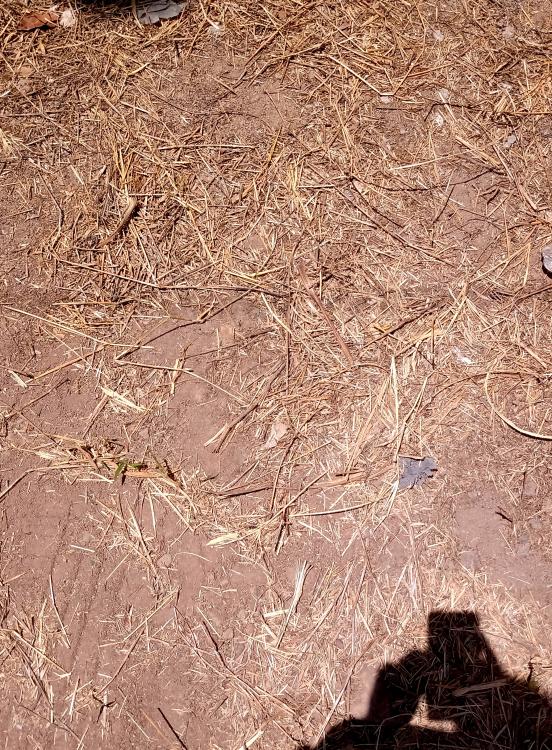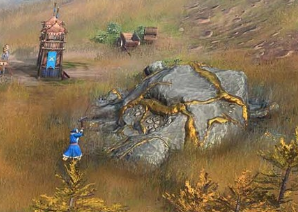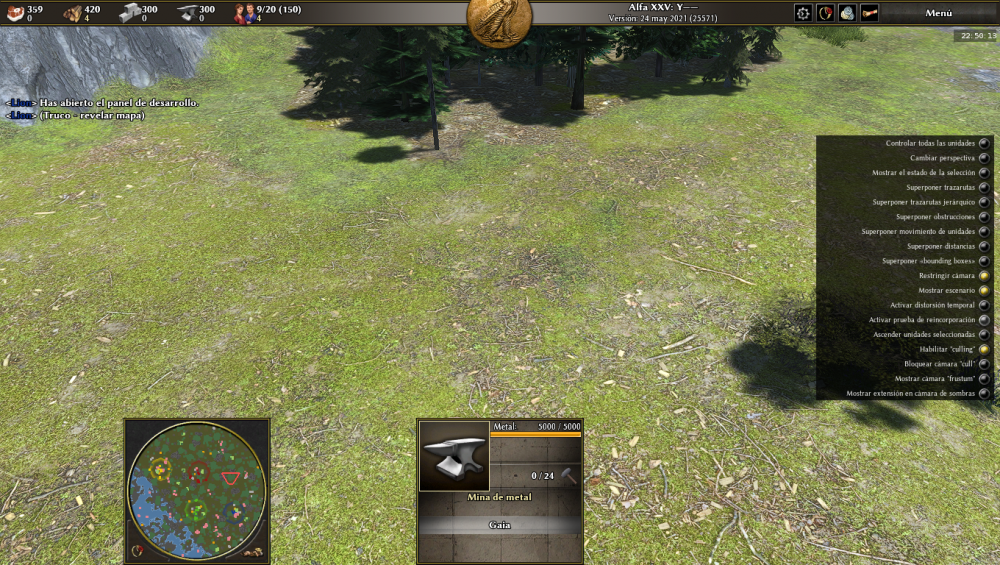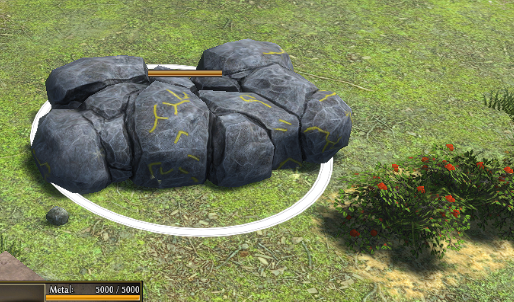-
Posts
25.684 -
Joined
-
Days Won
300
Everything posted by Lion.Kanzen
-
.thumb.png.ce58cea22940c255f5b0a735d5abee36.png)
[Tutorial] making minerals, rocks.
Lion.Kanzen replied to Lion.Kanzen's topic in Tutorials, references and art help
-
.thumb.png.ce58cea22940c255f5b0a735d5abee36.png)
[Tutorial] making minerals, rocks.
Lion.Kanzen replied to Lion.Kanzen's topic in Tutorials, references and art help
-
I have been asking for this for a long time. especially for lancers. their role is not as well defined as the difference between pikes and lances in infantry.
-
.thumb.png.ce58cea22940c255f5b0a735d5abee36.png)
[Tutorial] making minerals, rocks.
Lion.Kanzen replied to Lion.Kanzen's topic in Tutorials, references and art help
-
.thumb.png.ce58cea22940c255f5b0a735d5abee36.png)
[Tutorial] making minerals, rocks.
Lion.Kanzen replied to Lion.Kanzen's topic in Tutorials, references and art help
now come my questions. How do I generate the other maps? With retopology you say I will generate all that is needed? You should show me tutorials so I don't get complicated. Anything I should download? -
.thumb.png.ce58cea22940c255f5b0a735d5abee36.png)
[Tutorial] making minerals, rocks.
Lion.Kanzen replied to Lion.Kanzen's topic in Tutorials, references and art help
I'm still learning, thanks for the heads up. I figured I should do Bake. which by the way that terminology should have a basic glossary on the wiki. -
.thumb.png.ce58cea22940c255f5b0a735d5abee36.png)
[Tutorial] making minerals, rocks.
Lion.Kanzen replied to Lion.Kanzen's topic in Tutorials, references and art help
in the second part they will need a texture. Image texture... then load your texture. I try with another texture right there. } then Shift +D to duplicate the texture image. (orange window) if you need to convert any texture to normal map I leave you a tutorial. I am going to leave an image of how to do it in Photoshop the idea is to make it look like the rock I saw on one of my trips, if you took the photo or know what the texture looks like you can modify it to your liking. now that you have the image loaded, the normal map version. can switch to render view mode and see the difference. note that I added a light source to see this better. again duplicate the color textural once more. shitf + D here another tutorial for next texture.(optional ) https://polycount.com/discussion/138413/how-to-create-roughness-map-in-photoshop As of today, 0 A.D. does not use the rougness map. I will use the one that comes in the tutorial. the next step would be to create maps that work with 0 A.D such as Occlusion...etc. -------------------------- At the end Stan will make some recommendations for us to follow to get it ready for the game. I don't want to create something complex or even in the game. but at least to learn from this technique. -
I had a hard time sleeping yesterday, I was anxious, after seeing the designs planted by Wowgetoff... and the art team. so I started to look for blender tutorials to keep learning. i found this one in 2 languages, the first one is very fast, it's in one minute. i'm still slow and newbie in blender. i decided to share the modeling process first. then the rest. tutorial in Spanish.
-
.thumb.png.ce58cea22940c255f5b0a735d5abee36.png)
Blender AddOns, Materials & Tutorials.
Lion.Kanzen replied to Alexandermb's topic in Tutorials, references and art help
-
Request add dry grass, with and without soil, I take some example photos. From a distance it looks like this, it is a combination of cut grass, (hay) with green parts of grass and parts with mud / dirt. I parked my car nearby and the ground had less grass. But it would look like this, if it works for you you can use some pieces, some areas. The sun is 10 a.m. , summer sun. I don't know if it works for a tropical / African biome
-
I'm going to try again maybe I was very negligent, attacking.
-
I had that problem a few days ago, I updated yesterday and changed a parameter in data.js (I think that is what the main file of the mod is called)
-
.thumb.png.ce58cea22940c255f5b0a735d5abee36.png)
New mines look a bit flat.
Lion.Kanzen replied to Lion.Kanzen's topic in Game Development & Technical Discussion
which option turns them on? -
I tried it and the textures look good, we should just vary the rocks a bit, I like it. The metal one could highlight/ improve the gold a little. I definitely like the way the new art looks. If I have the opportunity to go out to the rural area or the forest, I will bring them examples.
-
.thumb.png.ce58cea22940c255f5b0a735d5abee36.png)
[Resolved] Meaning of "wheel" icon for costs unclear
Lion.Kanzen replied to Ceres's topic in Gameplay Discussion
-
archers are still very OP. kushites are kind OP.
-
.thumb.png.ce58cea22940c255f5b0a735d5abee36.png)
Mercenaries in p1: Bad or Good?
Lion.Kanzen replied to BreakfastBurrito_007's topic in Gameplay Discussion
in fact this is a problem that the game has. phase 1 is so fast and so good that you quickly get to phase 2 as if nothing happened. -
.thumb.png.ce58cea22940c255f5b0a735d5abee36.png)
[Resolved] Meaning of "wheel" icon for costs unclear
Lion.Kanzen replied to Ceres's topic in Gameplay Discussion
Time/Speed Up means game speed. And down waiting time. -
.thumb.png.ce58cea22940c255f5b0a735d5abee36.png)
Other strategy games not RTS.
Lion.Kanzen replied to Lion.Kanzen's topic in Introductions & Off-Topic Discussion
-
.thumb.png.ce58cea22940c255f5b0a735d5abee36.png)
Cannot login on Game Lobby after trying to register
Lion.Kanzen replied to Quintus's topic in Help & Feedback
it's true, ... I haven't gotten used to it. -
-
.thumb.png.ce58cea22940c255f5b0a735d5abee36.png)
Audio Design 5 - Voice List
Lion.Kanzen replied to Acumen's topic in Game Development & Technical Discussion
We could try and see.



